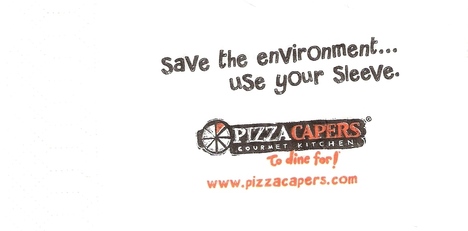Source of YouTube video:
http://www.youtube.com/watch?feature=player_embedded&v=ZAq06n79QIs#!
(p. 257) You can watch a 99 year-old Ronald Coase speaking in December 2009 for 25 minutes on the subjects of “Markets, Firms and Property Rights.” “One of the things that people don’t understand is that markets are creations. . . . In fact, it’s very difficult to imagine that firms act in the way that is described in the textbooks, where you maximize profits by equating marginal costs and marginal revenues. One of the reasons one can feel doubtful about this particular way of looking at things is that firms never calculate marginal costs . . . I think we ought to study directly how firms operate and develop our theory accordingly.” From the conference “Markets, Firms and Property Rights: A Celebration of the Research of Ronald Coase,” held at the University of Chicago Law School by the Information Economy Project at George Mason University School of Law. The webpage also includes video of seven panels of prominent speakers, along with PDF files of a dozen or so papers given at the conference. Available at 〈http://iep.gmu.edu/CoaseConference.php〉.
Source:
Taylor, Timothy. “Recommendations for Further Reading.” Journal of Economic Perspectives 24, no. 3 (Summer 2010): 251-58.
(Note: ellipses in original.)




